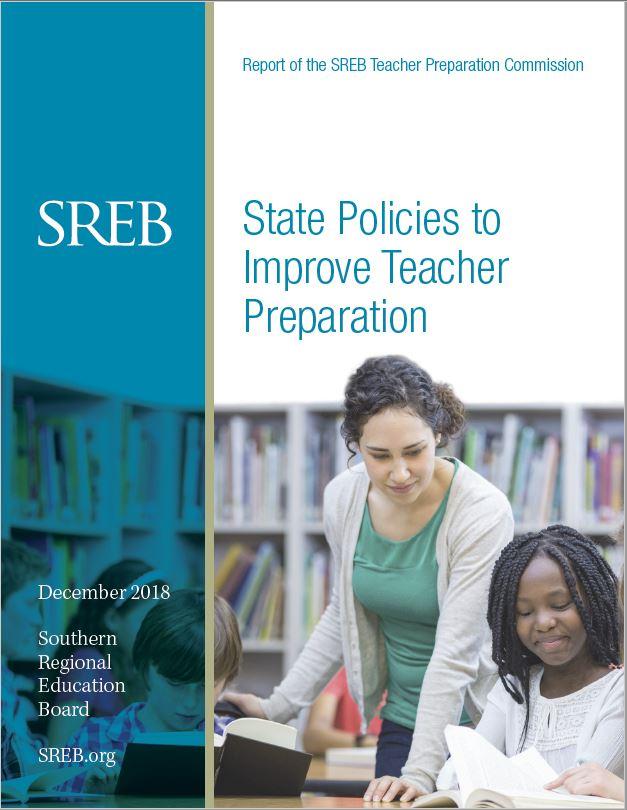Getting the Balance Right
Reconsidering the Mix of Teacher Licensure Measures
The SREB Teacher Preparation Commission called on state leaders to adopt practice-based assessments. These tests assess candidates’ readiness to lead a classroom and to apply lessons learned during coursework and clinical experiences.
Practice-based assessments have diagnostic value, meaning they provide performance data that educator preparation programs can use to identify strengths and opportunities for improvement. State agencies could use the assessment data to determine how they will provide technical assistance to preparation programs.
When I collected the state policy information for the Commission report, I was struck by how few SREB states used non-test measures when assessing candidate readiness. The emergence of practice-based tests might encourage policymakers to think more expansively about which measures states should use to certify teachers.
Non-Test Measures
Educator preparation programs regularly collect formative data on their candidates to assess their proficiency and progress. Frequently used measures include:
- Observations of teaching practice by clinical supervisors, cooperating teachers and school administrators during a clinical internship or residency
- Teacher surveys or interviews, including cognitive interviews, at important milestones: at program entry, during clinical experiences, and before graduation
- Portfolios collecting artifacts of clinical experiences, coursework, or both (e.g., analysis of student work)
Such measures would allow states to collect individual-level data on teacher candidates and then, after aggregating the results, compare their performance on these non-test measures with assessments as teachers enter the classroom. States might then learn how specific measures (and candidate results) could serve as proxies for whether teachers are well-prepared.
How Could States Use Non-Test Measures?
State licensing agencies could require the use of non-test measures, or they might authorize candidates to use them in place of (or in addition to) licensure assessments. For instance, Wisconsin licensure rules allow candidates to demonstrate subject-matter competency in one of three ways: passing the relevant Praxis assessments, producing a content portfolio, or completing content-area courses with a GPA of 3.0 or higher.
Regardless of how states use them, SREB staff think that non-test measures promise to provide a qualitative look at candidates’ performance, one not offered by the currently required assessments.
| Alignment | Measures set common expectations and allow for twin measurement of candidate readiness and program quality. |
|---|---|
| Performance-Based | Candidates demonstrate professionalism, disposition for teaching, and an ability and willingness to reflect on their practice. |
| Flexibility | State policymakers could use non-test measures as a substitute for or complement to certain test-based requirements. |
| Familiarity | Most programs already use these measures, just not in a summative way. |
SREB’s Partnership with North Carolina
My colleague Megan Boren and I are working with a group of North Carolina leaders to reimagine the state’s preparation and licensure strategies. The North Carolina Education Human Capital Roundtable is a multi-shareholder team of state department staff, state board and professional standards commission members, and higher education representatives. The Roundtable is considering how to use multiple measures to assess candidates’ readiness for the classroom.
State policymakers in other states could follow North Carolina’s lead by evaluating their preparation and licensure priorities, inviting feedback from teacher education leaders, and working with multiple constituencies to develop a shared vision for how to transform state strategies.


